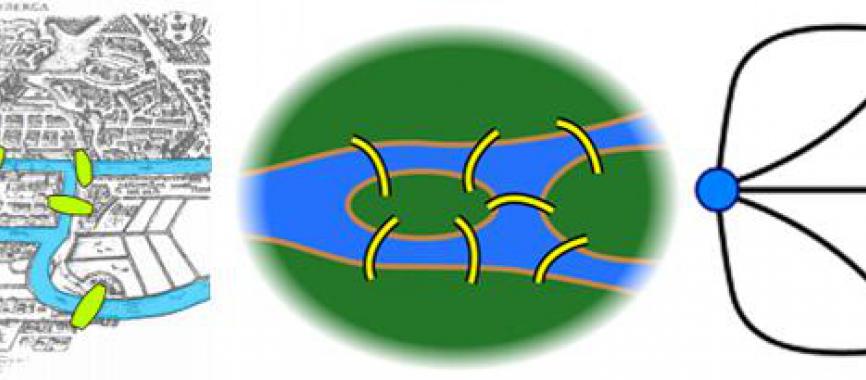Groups
Electracy
The purpose of this Group is to host a conversation exploring the future of education and learning in Electracy (the digital apparatus).
This Group was initiated as a collaboration with Mark Goulthorpe, including conversations related to his participation on several committees and subcommittees addressing curriculum reform at MIT where he is on the Architecture faculty.
[fancy_link path="http://emeragency.electracy.org/file/advising-tyrant-syracusepdf#overlay-context=group/electracy" type="default" | color="red" | class="additional classes"]Advising the Tyrant of Syracuse[/fancy_link] is an essay co-authored by Goulthorpe and Ulmer, expanding on a statement composed for the MIT faculty newsletter, introducing the arguments of apparatus theory (electracy) and heuretics in the context of the MIT discussions, but relevant to curriculum reform more generally in the present circumstances of global online learning.
The historical encounter of Plato with Dionysius I of Syrcuse is the emblem framing our inquiry. Plato famously, in his dialogue The Republic, described a utopian city governed by philosopher-kings. In practice his consulting visit to Syracuse, including a lecture denouncing tyrants, did not sit well with the Tyrant Dionysius. Plato managed to avoid execution, and the lesson reinforced his commitment to the Academy and the transformation of education as the long-view approach to achieve his goal of a civilization based on reason rather than religion. [fancy_link path="http://www.ancientworlds.net/aw/Post/1222500" type="default" | color="red" | class="additional classes"]Dionysius I has a secure place in the history of engineering, [/fancy_link] as well as of politics. "Dionysius I of Syracuse organized the workshops where the catapult was invented in 399 B.C., and conducted the first sophisticated siege warfare against a fortified city, where he also employed the Near Eastern devices of siege towers and battering rams" (Manuel De Landa, War in the Age of Intelligent Machines).
In this story we are on the side of Plato, heirs of the Academy, of Aristotle's tutoring of Alexander the Great, still serving the Powers That Be (Dionysius did not design the siege engines himself). Plato was not wrong in principle; consulting may still be the answer, even while we rely on funding from the war machine.
[This Group is just underway: please check back for additional topics].
Chora
Chapter Two: Electracy 101, continues the development of learning in a digital apparatus through the invention of an electrate equivalent of the Republic, one of the founding documents of the literate apparatus. This chapter begins with our own allegory, proposed to function in our pedagogy as the Allegory of the Cave functioned for Plato. Chora is the term and notion Plato introduced in Timaeus to solve the aporia of the relation of Being and Becoming (Permanence and Change). Chora (Region) as "space" or "receptacle" is a third order, neither intelligible nor sensible, and hence accessible to discourse only by indirect means. Jacques Derrida appropriated this notion for poststructuralist metaphysics.
E101
The 7 Bridges of Konigsberg
Electracy 101 (E101), short for 01000101. This group undertakes the heuretics of online learning, to invent a mode of education native to the digital apparatus of electracy.



